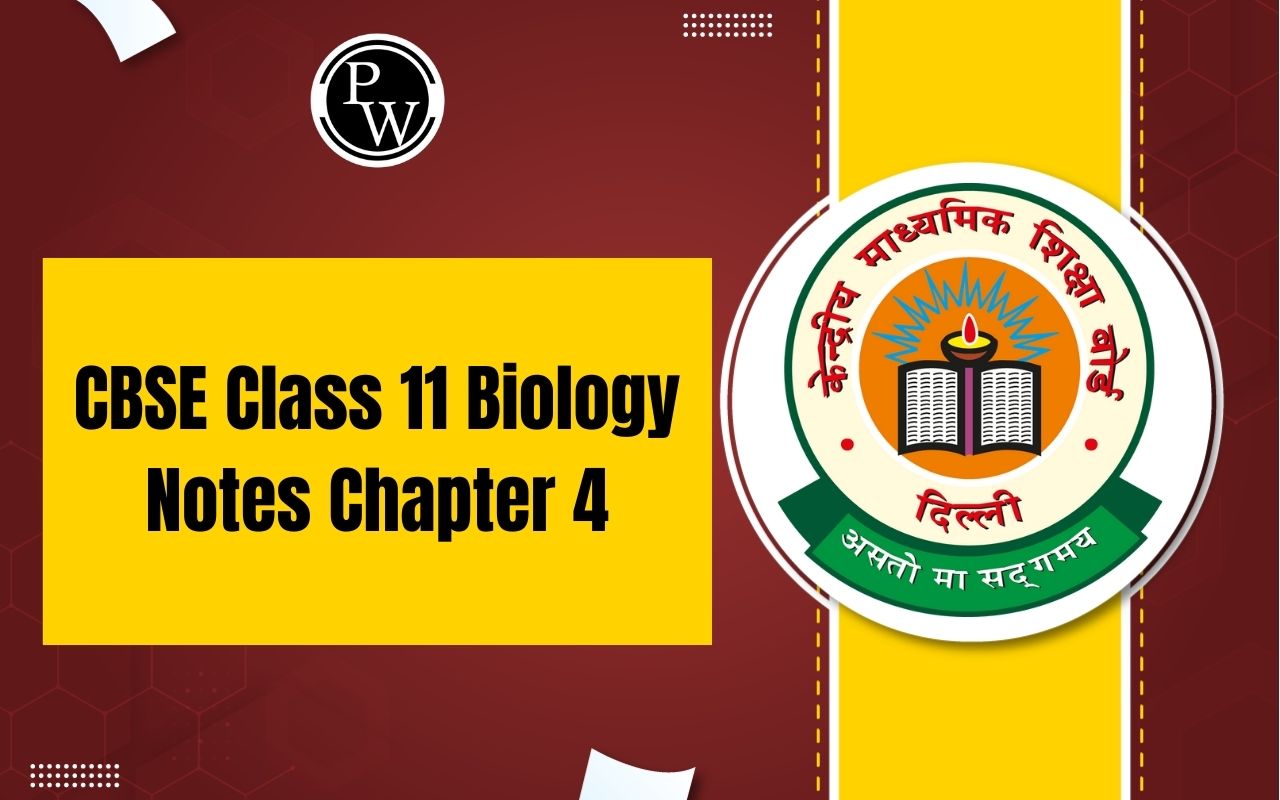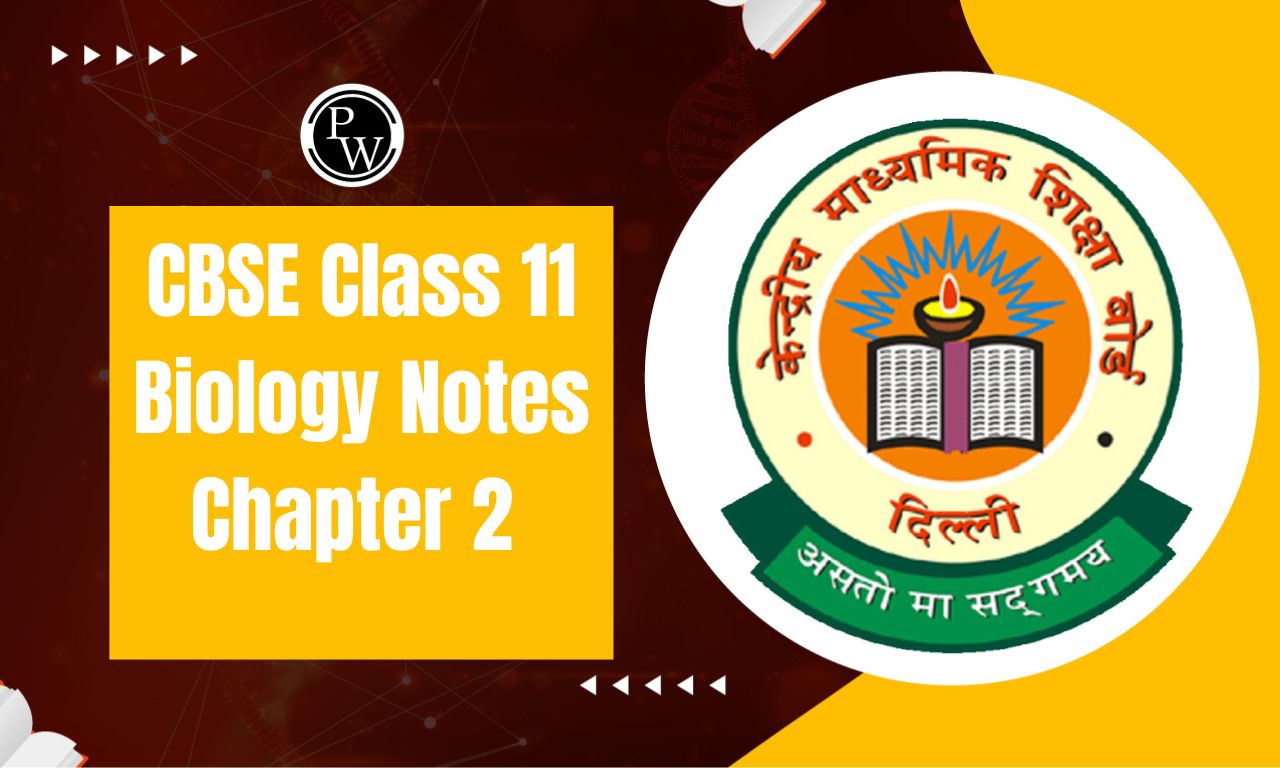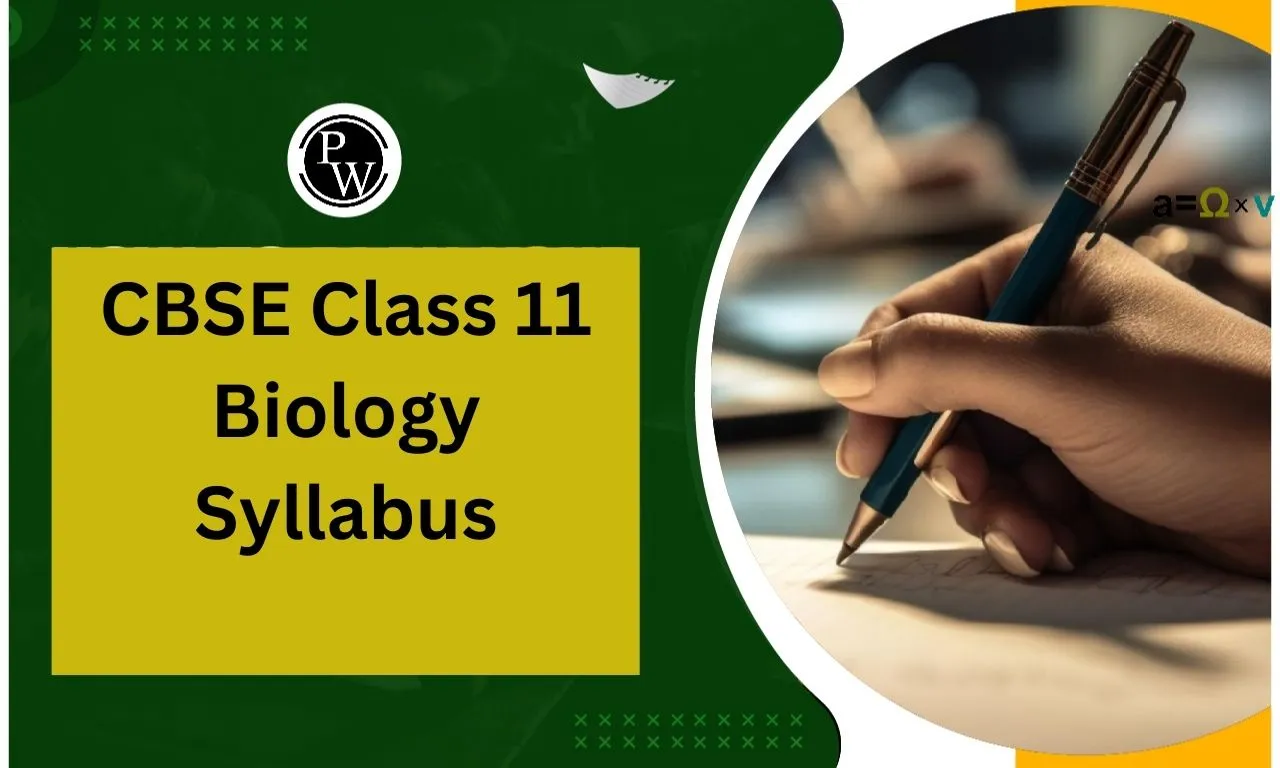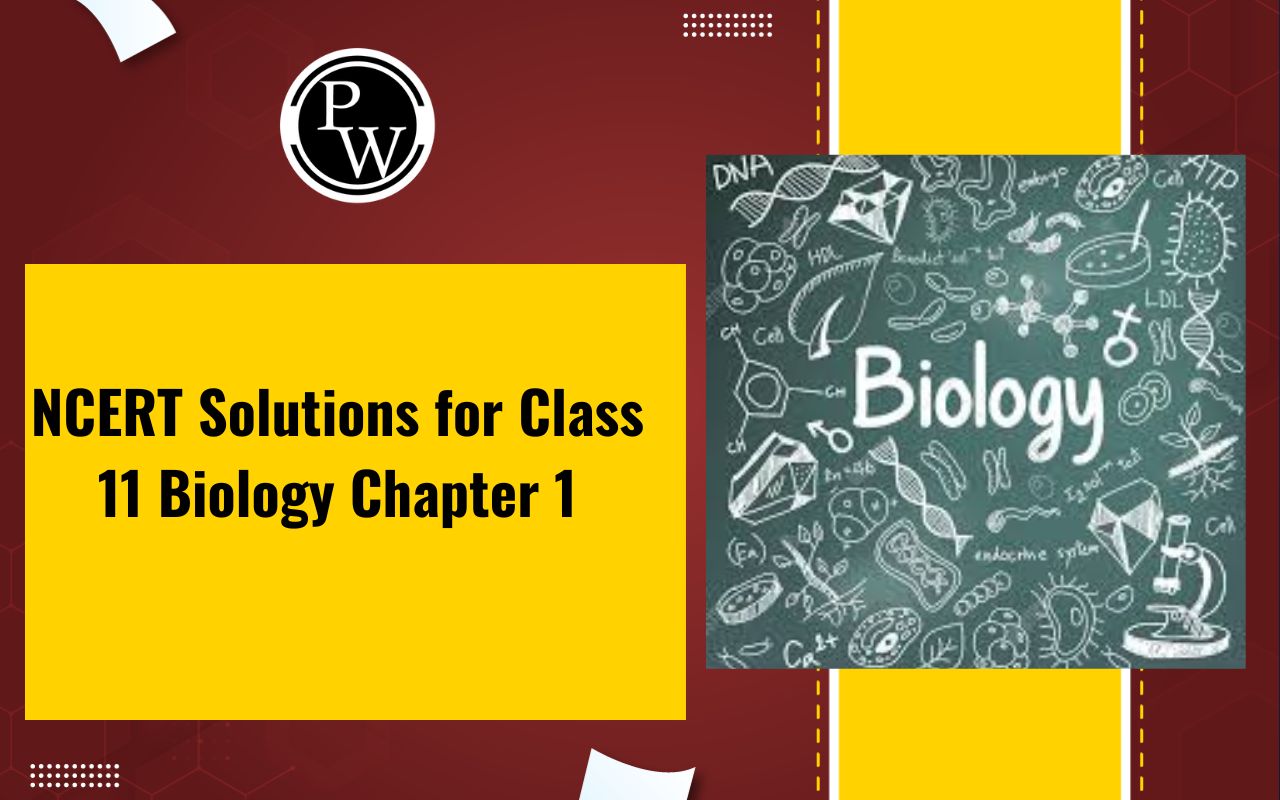
Important Questions for Class 11 Maths Chapter 1: Important Questions for Class 11 Maths Chapter 1 provide a valuable resource for students aiming to strengthen their understanding of Sets, the foundational topic of the syllabus.
These questions cover key concepts such as types of sets, subsets, operations on sets and the application of Venn diagrams. Practicing these questions helps students grasp essential definitions, properties and methods for solving problems related to union, intersection and difference of sets. By focusing on these created questions, students can build a strong mathematical base and boost their confidence in tackling more advanced topics in algebra and calculus.Important Questions for Class 11 Maths Chapter 1 Overview
Important Questions for Class 11 Maths Chapter 1 has been created by the subject experts at Physics Wallah to provide students with a thorough understanding of the chapter Sets. By working through these expertly selected questions, students can solidify their knowledge, improve problem-solving skills and build confidence in handling various question types.Important Questions for Class 11 Maths Chapter 1 PDF
Important Questions for Class 11 Maths Chapter 1 PDF is available for download through the link below. This PDF covers key questions and exercises on the topic of Sets providing students a focused resource for practicing essential concepts. By accessing these questions, students can enhance their understanding and boost their preparation for exams. Click the link below to download and start your revision.Important Questions for Class 11 Maths Chapter 1 PDF
Important Questions for Class 11 Maths Chapter 1 Sets
Here is the Important Questions for Class 11 Maths Chapter 1 Sets-Q. 1: Write the following sets in the roster form.
(i) A = {x | x is a positive integer less than 10 and 2 x – 1 is an odd number}
(ii) C = {x : x 2 + 7x – 8 = 0, x ∈ R}
Solution:
(i) 2 x – 1 is always an odd number for all positive integral values of x since 2 x is an even number. In particular, 2 x – 1 is an odd number for x = 1, 2, … , 9. Therefore, A = {1, 2, 3, 4, 5, 6, 7, 8, 9} (ii) x 2 + 7x – 8 = 0 (x + 8) (x – 1) = 0 x = – 8 or x = 1 Therefore, C = {– 8, 1}Q. 2: Write the following sets in roster form:
(i) A = {x : x is an integer and –3 ≤ x < 7}
(ii) B = {x : x is a natural number less than 6}
Solution:
(i) A = {x : x is an integer and –3 ≤ x < 7} Integers are …-5, -4, -3, -2, -2, 0, 1, 2, 3, 4, 5, 6, 7, 8,….. A = {-3, -2, -1, 0, 1, 2, 3, 4, 5, 6} (ii) B = {x : x is a natural number less than 6} Natural numbers are 1, 2, 3, 4, 5, 6, 7, …… B = {1, 2, 3, 4, 5}Q. 3: Given that N = {1, 2, 3, …, 100}, then
(i) Write the subset A of N, whose elements are odd numbers.
(ii) Write the subset B of N, whose elements are represented by x + 2, where x ∈ N.
Solution:
(i) A = {x | x ∈ N and x is odd} A = {1, 3, 5, 7, …, 99} (ii) B = {y | y = x + 2, x ∈ N} 1 ∈ N, y = 1 + 2 = 3 2 ∈ N, y = 2 + 2 = 4, and so on. Therefore, B = {3, 4, 5, 6, … , 100}Q. 4: Let X = {1, 2, 3, 4, 5, 6}. If n represent any member of X, express the following as sets:
(i) n ∈ X but 2n ∉ X
(ii) n + 5 = 8
(iii) n is greater than 4
Solution:
(i) For X = {1, 2, 3, 4, 5, 6}, it is given that n ∈ X, but 2n ∉ X. Let, A = {x | x ∈ X and 2x ∉ X} Now, 1 ∉ A as 2.1 = 2 ∈ X 2 ∉ A as 2.2 = 4 ∈ X 3 ∉ A as 2.3 = 6 ∈ X But 4 ∈ A as 2.4 = 8 ∉ X 5 ∈ A as 2.5 = 10 ∉ X 6 ∈ A as 2.6 = 12 ∉ X Therefore, A = {4, 5, 6} (ii) Let B = {x | x ∈ X and x + 5 = 8} Here, B = {3} as x = 3 ∈ X and 3 + 5 = 8 and there is no other element belonging to X such that x + 5 = 8. (iii) Let C = {x | x ∈ X, x > 4} Therefore, C = {5, 6}Q. 5: Let U = {1, 2, 3, 4, 5, 6}, A = {2, 3} and B = {3, 4, 5}.
Find A′, B′, A′ ∩ B′, A ∪ B and hence show that ( A ∪ B )′ = A′∩ B′.
Solution:
Given, U = {1, 2, 3, 4, 5, 6}, A = {2, 3} and B = {3, 4, 5} A′ = {1, 4, 5, 6} B′ = { 1, 2, 6 }. Hence, A′ ∩ B′ = { 1, 6 } Also, A ∪ B = { 2, 3, 4, 5 } (A ∪ B)′ = { 1, 6 } Therefore, ( A ∪ B )′ = { 1, 6 } = A′ ∩ B′Q. 6: Use the properties of sets to prove that for all the sets A and B, A – (A ∩ B) = A – B
Solution:
A – (A ∩ B) = A ∩ (A ∩ B)′ (since A – B = A ∩ B′) = A ∩ (A′ ∪ B′) [by De Morgan’s law) = (A∩A′) ∪ (A∩ B′) [by distributive law] = φ ∪ (A ∩ B′) = A ∩ B′ = A – B Hence, proved that A – (A ∩ B) = A – B.Q. 7: Let U = {1, 2, 3, 4, 5, 6, 7}, A = {2, 4, 6}, B = {3, 5} and C = {1, 2, 4, 7}, find
(i) A′ ∪ (B ∩ C′)
(ii) (B – A) ∪ (A – C)
Solution:
Given, U = {1, 2, 3, 4, 5, 6, 7}, A = {2, 4, 6}, B = {3, 5} and C = {1, 2, 4, 7} (i) A′ = {1, 3, 5, 7} C′ = {3, 5, 6} B ∩ C′ = {3, 5} A′ ∪ (B ∩ C′) = {1, 3, 5, 7} (ii) B – A = {3, 5} A – C = {6} (B – A) ∪ (A – C) = {3, 5, 6}Q. 8: In a class of 60 students, 23 play hockey, 15 play basketball,20 play cricket and 7 play hockey and basketball, 5 play cricket and basketball, 4 play hockey and cricket, 15 do not play any of the three games. Find
(i) How many play hockey, basketball and cricket
(ii) How many play hockey but not cricket
(iii) How many play hockey and cricket but not basketball
Solution:
Venn diagram of the given data is: 15 students do not play any of three games. n(H ∪ B ∪ C) = 60 – 15 = 45 n(H ∪ B ∪ C) = n(H) + n(B) + n(C) – n(H ∩ B) – n(B ∩ C) – n(C ∩ H) + n(H ∩ B ∩ C) 45 = 23 + 15 + 20 – 7 – 5 – 4 + d 45 = 42 + d d = 45- 42 = 3 Number of students who play all the three games = 3 Therefore, the number of students who play hockey, basketball and cricket = 3 a + d = 7 a = 7 – 3 = 4 b + d = 4 b = 4 – 3 = 1 a + b + d + e = 23 4 + 1 + 3 + e = 23 e = 15 Similarly, c = 2, g =14, f = 6 Number of students who play hockey but not cricket = a + e = 4 + 15 = 19 Number of students who play hockey and cricket but not basketball = b = 1Q. 9: Let U = {x : x ∈ N, x ≤ 9}; A = {x : x is an even number, 0 < x < 10}; B = {2, 3, 5, 7}. Write the set (A U B)’.
Solution:
Let U = {x : x ∈ N, x ≤ 9}; A = {x : x is an even number, 0 < x < 10}; B = {2, 3, 5, 7} U = { 1, 2, 3, 4, 5, 6, 7, 8, 9} A = {2, 4, 6, 8} A U B = {2, 3, 4, 5, 6, 7, 8} (A U B)’ = {1, 9}Q. 10: In a survey of 600 students in a school, 150 students were found to be drinking Tea and 225 drinking Coffee, 100 were drinking both Tea and Coffee. Find how many students were drinking neither Tea nor Coffee.
Solution:
Given, Total number of students = 600 Number of students who were drinking Tea = n(T) = 150 Number of students who were drinking Coffee = n(C) = 225 Number of students who were drinking both Tea and Coffee = n(T ∩ C) = 100 n(T U C) = n(T) + n(C) – n(T ∩ C) = 150 + 225 -100 = 375 – 100 = 275 Hence, the number of students who are drinking neither Tea nor Coffee = 600 – 275 = 325Benefits of Important Questions for Class 11 Maths Chapter 1
Here are the benefits of Important Questions for Class 11 Maths Chapter 1:Focused Preparation : Helps students concentrate on essential concepts within "Sets," highlighting key areas for exams.
Improved Problem-Solving Skills : Regular practice sharpens analytical abilities aiding in tackling various problem types.
Builds Confidence : Familiarity with important questions boosts confidence and reduces exam-related anxiety.
Enhances Speed and Accuracy : Practice with these questions enables faster calculations and improves precision.
Strong Conceptual Understanding : Reinforces foundational knowledge, making it easier to tackle advanced topics in future chapters.
Time Management : By practicing with these important questions, students learn efficient problem-solving techniques that can help them save time in exams while ensuring accuracy.
Important Questions for Class 11 Maths Chapter 1 FAQs
What is a set?
What are the different types of sets?
What is the difference between a finite set and an infinite set?
What is the universal set?
What is the difference between union and intersection of sets?










